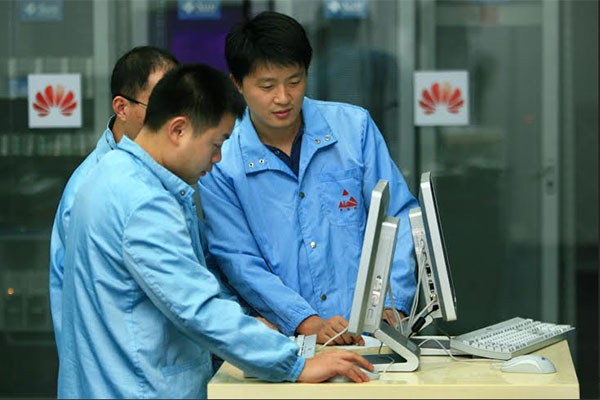
Huawei to review Narrow Band IoT at Gitex
DUBAI, October 18, 2015
Huawei, a global ICT solutions provider, will host discussions on a new technology collectively known as Narrow Band IoT (NB-IoT) at the Gitex Technology Week that opened today (October 18) in Dubai, UAE.
NB-IoT is considered a game changer when it comes to enabling more intelligent and connected cities of the future. This is because NB-IoT is unique in its ability to host a massive number of machine-to-machine (M2M) mobile connections using low-cost, low-power infrastructure. It also allows city infrastructure to be more unified and efficient by removing the need for multiple cellular networks.
“Today’s M2M applications can add value to almost every industry sector in the Middle East, but the development of these applications in different industries is influenced by specific ecosystem and regulation policies,” said summit panelist Bob Cai, president of LTE Product Line at Huawei.
“Given its unique architecture, the advancement of Narrow Band IoT could very well be the essential step in allowing governments and enterprises to work with telecom operators to scale new business models for connected applications.”
Huawei has recently predicted that by 2025 the number of connected devices installed, connected, and autonomously managed could reach as high as 100 billion worldwide.
Currently NB-IoT is being trialed by many leading operators including Vodafone and Etisalat UAE, with commercial deployments expected in 2016. It is regarded as a “clean-slate” cellular IoT technology which can address the specific requirements of bi-directional, low power and wide area applications such as smart meters, smart grids, smart parking, and more, in ways that would otherwise not be cost effective.
It does this by enabling manufacturers to access new, cheaper communications hardware that can operate for more than 10 years on a single battery and that will connect to operator’s existing global network through the dedicated access layer. The technology also provides broader and deeper mobile coverage—20dB deeper than today’s GSM solutions.
Lower costs are further achieved through reduced complexity of chipsets and modules, slashing costs by as much as 80 per cent. Addressing today’s connection challenges in dense urban areas, the architecture of NB-IoT also allows for up to 100,000 connections per network cell.
“The economy of nearly all countries is transforming into a digital economy. Our work in developing NB-IoT solutions can ultimately help governments and businesses to improve their own services and efficiency, and is one way that Huawei is helping drive the Smart City agenda in the Middle East,” said Cai.
NB-IoT is already a work item within the telecom industry’s 3GPP RAN body and the standards are expected to be frozen by March 2016. – TradeArabia News Service







